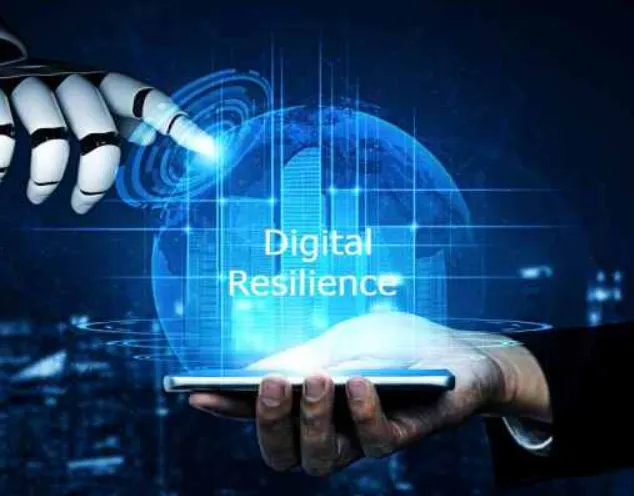Uncertainty has always been part of the business landscape, but today’s risks are more complex and wide-ranging than ever before. From climate-driven disasters to cyberattacks and sudden regulatory changes, organisations of all sizes are under pressure to maintain stability in the face of disruption. For smaller firms in particular, even a brief interruption can have lasting consequences, making resilience planning a necessity rather than a luxury.
Why Resilience Matters
Dwight Eisenhower once noted that preparing for unlikely threats is essential, even when they seem remote. That principle is more relevant than ever. Rising global temperatures have intensified natural disasters such as storms, floods, and wildfires. At the same time, digital threats—whether from cybercriminals, hacktivists, or state actors—have become an unavoidable part of operating in a connected world.
The consequences of disruption extend well beyond damaged equipment or lost data. Interrupted services strain customer relationships, delay supply chains, and reduce revenue flow. Business Continuity Management (BCM) provides a structured approach to identifying risks and building safeguards, ensuring organisations can recover quickly and limit the financial and reputational fallout.
Different Risks, Same Goal
Business disruptions come in many forms:
- Man-made incidents: theft, sabotage, riots, or facility damage.
- Natural events: storms, earthquakes, fires, or pandemics.
- Operational issues: utility failures, staff shortages, or transport strikes.
- IT disruptions: malware, system failures, or accidental data loss.
- Legal and regulatory shifts: new compliance demands or stricter enforcement.
Whatever the source, the objective remains the same—maintaining essential services and restoring operations with minimal delay.
The SME Challenge
Large corporations typically have deeper pockets, dedicated teams, and backup facilities, but small and medium-sized enterprises (SMEs) rarely enjoy the same safety net. In fact, a disruption that a global company could absorb might prove devastating for a small business. Cash flow interruptions, delivery delays, or prolonged downtime can quickly escalate into existential threats.
With most SMEs now reliant on digital tools—from email and banking to online sales and marketing—the risks tied to IT failures or cyberattacks are especially acute. Resilience planning helps these businesses continue serving customers, even when faced with major setbacks.
The Role of Standards
One of the most widely recognised frameworks for resilience is ISO 22301:2019, which sets out requirements for business continuity systems. This standard helps organisations create a structured plan to respond effectively to both anticipated and unforeseen disruptions. For SMEs, the goal can be simplified to one principle: surviving digital adversity.
Core Principles for IT Resilience
To put resilience into practice, businesses should consider several guiding principles that can be adapted to their size and resources:
- Reduce Technical Weaknesses: Keep systems patched and up to date.
- Protect at Every Level: Safeguard individual components as well as the system as a whole.
- Detect Issues Early: Implement monitoring to spot compromise quickly.
- Contain Problems Locally: Prevent disruptions from spreading across the network.
- Automate Recovery: Ensure systems can be restored reliably with minimal manual effort.
- Rate System Resilience: Classify systems based on how critical they are to operations.
- Isolate Untrusted Systems: Quarantine compromised elements until they are secure.
- Adapt Dynamically: Build flexibility into systems to respond to changing threats.
Moving Forward
Disruption is not a matter of if, but when. By adopting resilience principles and aligning with international standards, businesses can reduce the damage caused by unexpected events and restore operations faster. For SMEs especially, the ability to continue serving customers during a crisis could make the difference between recovery and closure.







